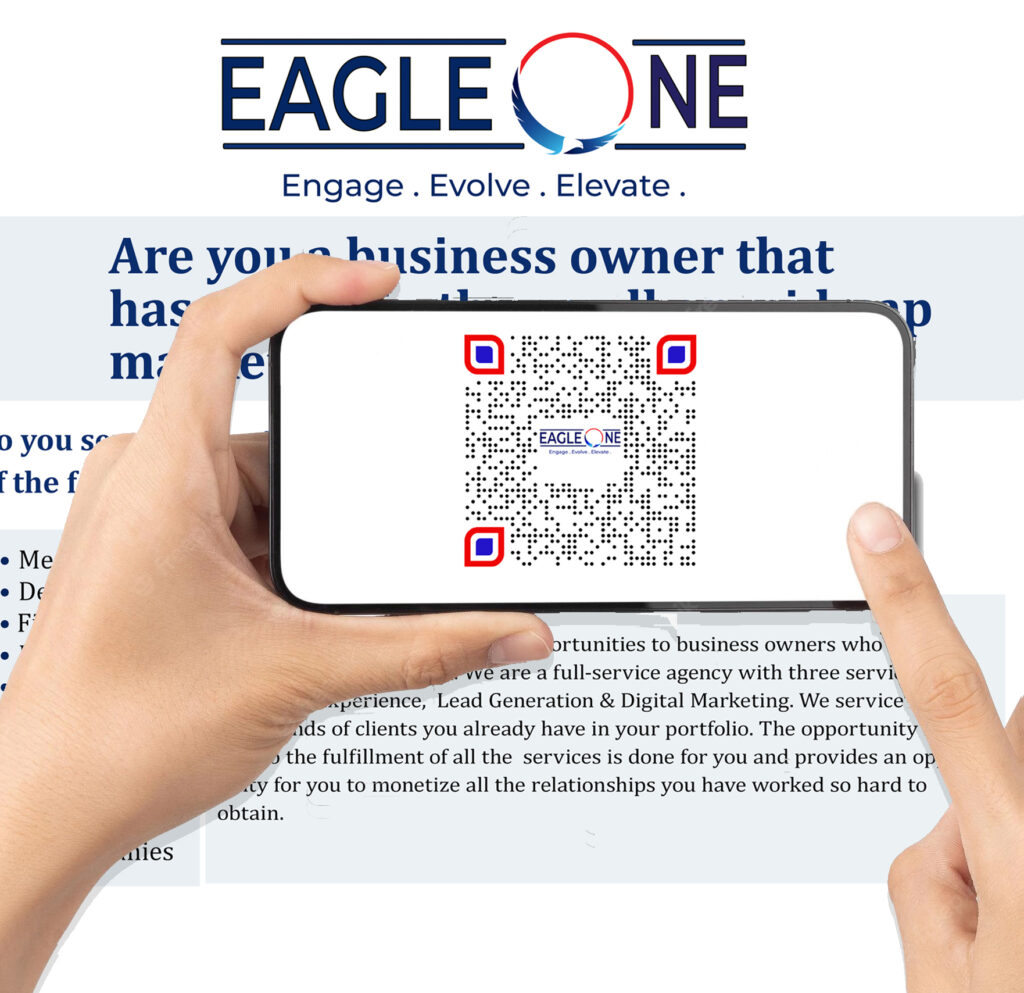
It's about safety and vulnerability but also an invasion of privacy. Language and cultures influence one another through social media, business, and travel. We translate emails to business partners in other countries, meet lovers, get an education, and explore a world where thousands of languages and dialects are spoken. By studying frequency, intensity, wavelength, and vocal properties, our virtual assistants will begin to sound more human and will be able to speak several languages at once. Machine translation will replace translators and English will no longer be the global language for business.
According to reports from the Food and Agriculture Organization, world hunger will increase from 8.4% in 2019 to 9.9% in 2023, meaning 800 million people will go hungry. Precision agriculture will help solve this problem by using big data and agriculture. Today, farming equipment is made of mega-machines with tablet interfaces and software directing tractors on where to go. These machines are not driven by farmers, but by information from the soil and the sky. The world's largest agricultural companies are investing billions of dollars into farm analytics, such as an algorithm known as Field Scripts, which can increase crop production by a significant percentage.
In the coming decades, agricultural companies could transform into technological ones, and precision agriculture could be beneficial to the environment by reducing the amount of dangerous chemicals we put into the fields. Finance In 2008, $930 million was invested in fintech, and by 2023 this number will reach $210 billion. Startups that can help banks better serve and understand their customers are becoming increasingly valuable.
Technology banks would focus on people and make it easier for them to open accounts and manage their money, replacing banks that have so far failed to use big data to their advantage. They would also make it easier for people to get loans and pay them back at low interest rates. Military personnel use big data to identify strategic locations that are more likely to be the site of an enemy ambush.
The data is transformed into simple, easy-to-read diagrams and charts to help them come up with an effective plan of action. Palantir is a company that specializes in data analysis. Its customers include the FBI, NSA, and the US military, and its software has been used in the war against drug cartels, cyber fraud, and roadside bombs. The very same technology that can be used to prevent fraud and war can also be used to incite it. We must remember that holding onto technology is like holding onto water.
Medicine and the genomics field is now considered a field of big data because of the amount of information produced. Private investment is going towards therapies, drugs, and diagnostics. Companies like Personal Genome Diagnostics offer tailored and specialized care for people diagnosed with various types of cancer.
The company can suggest the drugs best suited to keep the mutations under control, but often the perfect drug simply doesn't exist. The goal of precision medicine is to develop drugs that are more potent and less destructive than traditional treatments. Big data promises to influence the future of our society in more ways than can be imagined.

Great customer service is an absolute for any business hoping to do well in today's hyper-competitive market. QR codes are a great tool to provide seamless, personalized service to your customers, but your reps must be well-versed in the latest tools and technologies to guarantee your customers get the best experience possible. QR codes are two-dimensional barcodes that carry information such as links to websites, product information, and contact details.
They are easy to use and understand and can be used to deliver an effortless customer experience. QR codes are affordable to generate and don't require expert resources or expensive tech. They are the perfect tool for small businesses and startups. QR Codes can provide businesses with insights into customer behavior.
This data can be used to create tailored customer experiences. QR codes can be used to optimize in-store interactions and avoid pushy salespeople. Customers can scan the codes to learn more about individual products without feeling intimidated or disturbed by sales personnel. QR codes can add fun and interactivity to your customer's shopping experience.
For example, you can include codes on clothing tags that lead to videos of models showing off the clothing or tips on how to style them. QR codes can help make the checkout and return process smoother and faster by providing customer info and payment details, and generating return labels and other relevant documents.
If you're new to QR codes, decide what purpose the code will serve and how it will fit into your overall customer service strategy. Step #2: Choose your code type. Static QR codes are non-editable and are often used for basic redirects to a website. Before rolling out your QR codes for customers, do multiple scan tests to check for any potential issues with your code.
Also, post instructions alongside the printed or digital code on how to adjust the scanner or camera settings. For printed codes, pay attention to the size and placement. If the code is too small, customers may have trouble scanning it correctly. QR tech has been around for a while, but new trends will emerge to improve customer experiences.
Stay apprised of these trends to position yourself as a market leader. QR codes can be used to provide a flawless customer experience, from quicker access to product info to smoother transactions.

Managers can review their current processes to identify bottlenecks or complications and create a frequently asked questions list on the company website. When customer volume increases, customer service teams may need to hire additional staff. Current staff can be a great source of referrals, and HR departments can help with the hiring process.
Product/service training helps customer service agents anticipate customer concerns and provide relevant solutions. Customer service teams use multiple software applications to perform their duties. Managers should train all new hires on the current systems. Customers prefer businesses that take active steps toward their diversity goals. Training agents on inclusive practices improves customer service.
When scaling customer service teams, managers should track Net Promoter (NPS) and Customer Satisfaction (CSAT) scores to identify areas that require additional resources. Strong NPS scores indicate that customers will promote your business, while low scores signal low customer satisfaction.

Do you have a customer experience strategy, and why is it important? A customer experience strategy (CX) is a plan of action to improve the overall customer experience at every touch point in the customer journey, pre-and post-sales.
1. Define actionable goals While designing your CX strategy, set clearly defined goals that are measurable, attainable, and time bound. This way, you can keep track of your progress and readjust your strategy accordingly.
2. Leverage automation and AI In process of digital transformation, companies are adopting technology and AI to maximize business potential. AI-powered self-service portals and chatbots can add tremendous value to your customer support team and prove convenient for your customers.
3. Understand your target audience (TA) and buyer personas Mapping out your target audience and buyer personas is a crucial step in your CX game plan. This will help you provide consistent, reliable service.
4. Build an omnichannel strategy While interacting with a brand the two main things customers are looking for are convenience and personalization. Look to create an omnichannel strategy, you can ensure a consistent experience. Integrating multiple channels allows customers to access support in a seamless way. This improves customer satisfaction by offering different support channels for customers to access.
5. Measure your CX metrics A company's Net Promoter Score, Customer Effort Score, Customer Satisfaction Score and Agent Effort Score to measure the customer experience. Measuring your CX efforts will help you understand how your business is performing and how your customers feel about it.

Customer loyalty is more important than ever, and prioritizing customer service can help your company stand out. In 2023, focus on enabling, empowering, and engaging your agents to provide better interactions, which leads to higher customer retention.
Companies are looking to streamline operations and be more efficient to remain competitive in an uncertain economy. However, companies need to be careful not to negatively impact the customer experience.
The three R's of relationships: refine, rebuild, retain. Fostering a positive and empowered work culture can help improve employee morale and engagement, which can improve the overall performance of your call center and your customers' experience.
Customer engagement is key to building and maintaining customer loyalty, satisfaction, and advocacy. Personalization and customer sentiment tools can help improve the customer experience and make the most of your existing customers.
AI can assist companies in improving customer experience and employee experience by analyzing interactions after they occur. This type of analysis can provide vital information that can drive operational and CX improvements, a better understanding of self-service failures, competitive insights, and product development.
In difficult times, customers need contact center agents who are empathetic and demonstrate empathy and care. This will help you retain their business and create a loyal customer base that will continue to support your business beyond uncertain times.
In 2023, companies will need to ensure visibility into their digital support channels, create emotionally connected experiences with customers, and do more with less to improve customer satisfaction, enhance their company's reputation, drive sales and revenue, and retain their employees and customers.

Consumers increasingly choose companies based on the experiences they provide. And 75 percent of U.S. consumers have changed their shopping behavior since the COVID-19 pandemic. A Voice of Customer program helps companies understand their customers' needs across the Total Experience, align decision makers around where to invest to improve CX, and share customer experience performance throughout the organization. When drafting a voice of the customer strategy, it's important to create a clear objective for the program. This objective will help you decide when and where to create listening posts.
To build a customer experience program, you need buy-in from key stakeholders, including your CEO. Make sure people know their role in the execution of the program and communicate with front-line employees from the onset of your planning. Building a VOC program is easy, but ensuring it is connected across functional and channel groups, measuring customer KPIs with financial KPIs, and acting on the findings is much more difficult. Return to your plan for listening strategies and select those that fit best within your customers' journey.
Consider your customers' preferred communication channels and how automation can assist your VOC program. VOC programs are only as good as the actions after listening. Plan how you will process and use the information to solve the identified problem(s) and determine who will be empowered to act on insights collected through your VOC program. A VOC partner can help you implement a customized VOC program that integrates with your existing technology platforms and maximizes your results. Asking your customers what they need and want from you is easier said than done. Take a thoughtful, methodical approach to designing and deploying effective VOC for your organization.

The world of work is currently going through a volatile period, and a new phenomenon called quiet quitting has emerged. Quiet quitting has nothing to do with leaving your role, but rather doing the very bare minimum your job requires of you. It's a strategy some members of the workforce adopt when they're no longer happy in their current roles. The leverage has switched hands from the employer to the employee due to simple supply and demand.
Skilled employees are demanding more from organizations around work, pay and flexibility. Companies too often turn a deaf ear when it comes to the demands of staff. Apart from salary increases, what can customer service departments do to support their employees, meet their demands, and create a better working environment? Employers have complete control over pay, including how much and when employees are paid.
By giving employees more autonomy over their money, they can manage their income in a way that's appropriate to them. Employers can support their staff financially by providing financial education, savings accounts that take payments at the point of payroll, and tools that rely on behavioral science to better manage money. Customer service bosses can easily avoid quiet quitting by adding more flexibility and support to their workplace. This will improve issues surrounding retention and recruitment too.

The root of the English word "confidence" is "fido," which means "trust," "believe," or "confide in." The prefix "con" indicates that the word was originally intended to convey a communal concept. According to this analysis, the term "self-confidence" is redundant because the word confidence expresses one's positive attitude toward personal competence, capability, and self-sufficiency. People will find it difficult to be confident without positive reinforcement from others. We set our realities mainly from the input of others. Our strength and personal realities are formed by the contributions of others, and confidence builds when others are encouraging and supportive. When you know you know, you can make better decisions and behave in ways that are conducive to success. This builds confidence and helps you assess risks realistically and bounce back from failure quickly.
To become confident in all you do, you must give others what you want them to give you. This is called being the change you wish to see in others. If you want to be around people who smile more, then smile more. You can alter others' ways of acting by altering your own first. When you change your attitude of mind, you alter the way you behave, and this, in turn, alters the ways others behave toward you. When you change something about yourself, others are naturally challenged to change their responses to the "new you". This creates a "virtuous cycle" that benefits both the individual and the community. There are two ways to change yourself: think your way into a new way of acting or act your way into a new way of thinking.
Thinking your way into a new way of acting takes time but acting your way into a new way of thinking is immediate. Treating co-workers as colleagues of equal worth makes them want to collaborate with you in the future. This creates a "virtuous cycle" that fosters confidence and achievement. Doing right means doing things you don't always feel like doing, but that is necessary to do if you want to do it more easily and with greater impact in the future. Self-made communities count, too, because they can be formed in the mind of an individual using reading and meditation. And we have control over these inner communities. Belief in one's ability to succeed in life is the one thing that ensures a venture’s successful outcome.
Confidence is seeing yourself as a winner. Confidence arises from the past and the future and is nurtured by history, visualization, experience, expectation, fact, dream, knowledge, and hope. Everyone is responsible for acquiring and growing confidence. By focusing on what you want, you can create a virtuous cycle that results in greater achievements and benefits for humanity.

Most brands strive to meet their customer's expectations, but if you want to stand out, you must do something extra. Customers are happier knowing that you prioritize their needs. You can ask for continual feedback through digital communication channels and customer service representatives. Anticipating your customers' needs keeps them happy.
If you run an online clothing business, consider sending backup sizes and accepting returns without questions asked. Your business must be willing to make exceptions when necessary, such as offering exclusive access to vulnerable shoppers. Customers expect consistent and quality experiences across various channels, so pay attention to the quality of support offered on all platforms.
Personalization is the surest way to make customers feel special and increase the likelihood of them purchasing your products and services. Use the appropriate technology to gather customer data and offer unique messaging to each client. If you have amazing goods and services, consider offering snacks and goodies in branded pouches.
They are appreciated and can improve your brand awareness. Empower your customer service team to delight customers by giving them the training to act, identify and implement opportunities as they arise.

Artificial Intelligence (AI) is one of the most disruptive technologies of our time, and early adopters are already experimenting with its lucrative functions, especially within the contact center world. AI-fueled technology helps customer service teams deliver more personalized customer interactions by leveraging new customer data. This leads to more productive conversations and proactive customer service. AI can streamline inquiries, assistance, and outcomes by extracting useful information from conversations.
This information can be used to predict trends and customer sentiment that can influence retention, loyalty, and purchase inclinations. AI can help contact centers improve customer service by streamlining inquiries, capturing resolutions, and predicting trends and customer sentiment that may affect retention and loyalty. In contact centers, managers spend more than 50 percent of their time on administrative tasks, which causes them to spend less time developing agents. AI can mitigate these concerns by providing real-time updates to supervisors and in-line training for agents.
AI can enhance data collection and reporting tasks, but customer service agents must be refocused on higher-level customer concerns to deliver faster and more effective customer experiences. AI is crucial in improving both agent and customer experience, but contact center leaders must cut through AI hype to determine its real-world value.